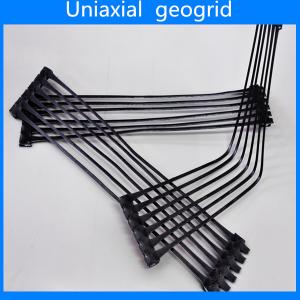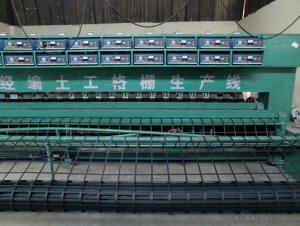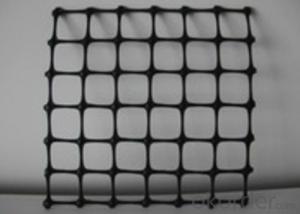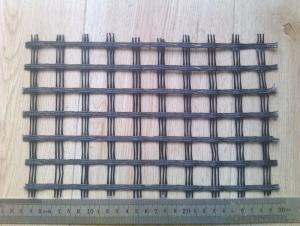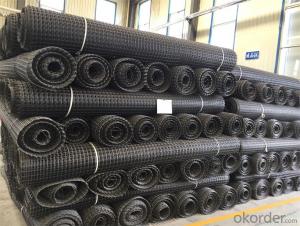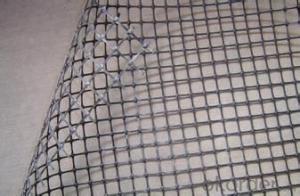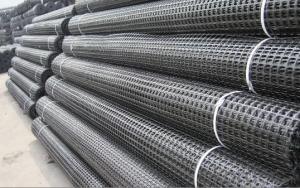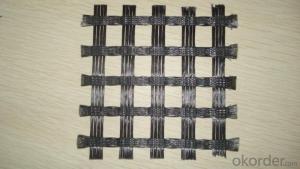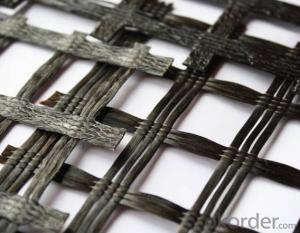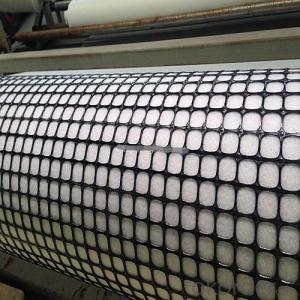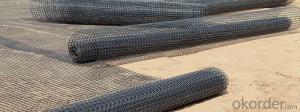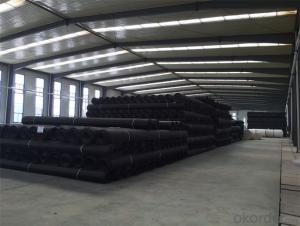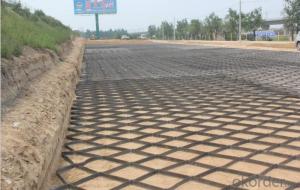Triax Tx Geogrid
Triax Tx Geogrid Related Searches
Triax Geogrid Geogrid Triax Triax Tx160 Geogrid Tensar Triax Tx 140 Geogrid Triax Geogrid Tx160 Tenax Geogrid Tensar Triax Tx7 Geogrid Tensar Triax Geogrid Tensar Triax Tx170 Geogrid Tensar Triax Tx5 Geogrid Tensar Triax Tx130s Geogrid Tensar Triax Tx140 Geogrid Triaxial Geogrid Tensar Triax Tx160 Geogrid Triax Geogrid Price Tx160 Triaxial Geogrid Interax Geogrid Triax 160 Geogrid Tensar Triax Geogrid Tx160 3xt Geogrid Tx 130 Geogrid Tensar Triaxial Geogrid Tx 140 Geogrid Tensar Interax Geogrid Tx7 Geogrid Tx-5 Geogrid Tensar Triax 160 Geogrid Tx150 Geogrid Tensar Triax Geogrid Price Tensar Ux GeogridTriax Tx Geogrid Supplier & Manufacturer from China
Triax Tx Geogrid is a type of geosynthetic material designed for soil reinforcement and stabilization in various civil engineering applications. This product is made up of a network of polyester or polypropylene fibers arranged in a triangular pattern, providing excellent strength and durability. It is widely used in projects such as road construction, slope stabilization, and retaining walls, where its ability to distribute loads evenly and prevent soil erosion is highly beneficial.The Triax Tx Geogrid is used in a variety of scenarios where soil reinforcement and stabilization are necessary. It is particularly effective in enhancing the performance of unpaved roads and improving the load-bearing capacity of soil layers. By incorporating this geogrid into the construction process, engineers can achieve more stable and longer-lasting structures, reducing the need for maintenance and repair over time. This product also plays a crucial role in preventing soil erosion and promoting vegetation growth in areas prone to landslides or other geological hazards.
Okorder.com is a reputable wholesale supplier of Triax Tx Geogrid, offering a vast inventory of this high-quality geosynthetic material. As a leading distributor in the industry, Okorder.com ensures that customers have access to a reliable source for all their geogrid needs. With a commitment to providing top-notch products and exceptional customer service, Okorder.com has become a trusted partner for businesses and contractors seeking to incorporate Triax Tx Geogrid into their projects.
Hot Products


